Organic algorithms. The image on the LG OLED TV TV sets artificial intelligence
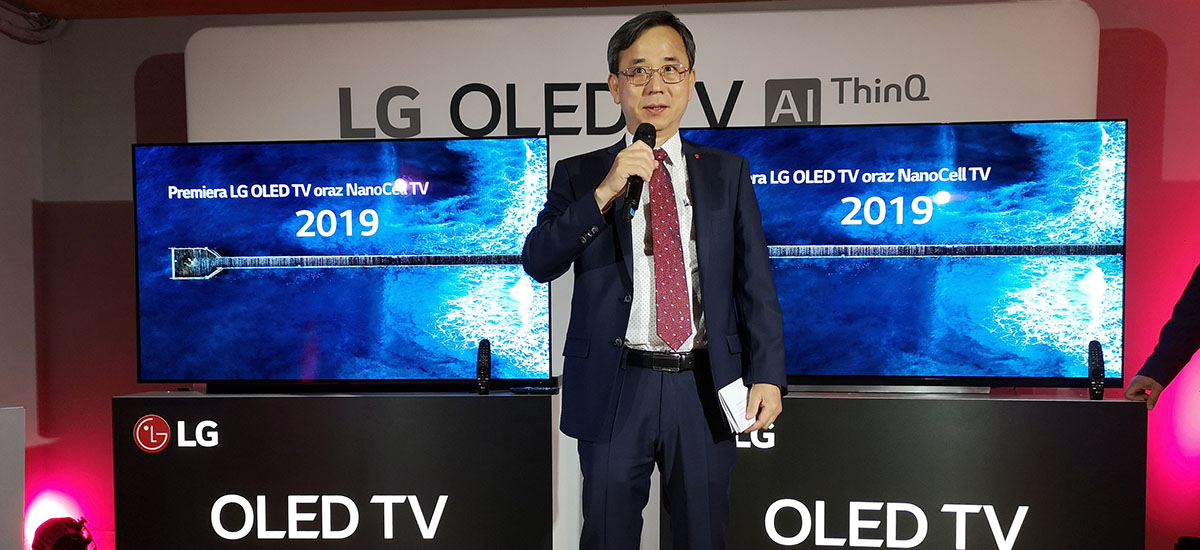
LG, it would seem, was surprised by the competition and its SI algorithms for image reconstruction. We know, however, that producers of OLED TV for 2019 have a prepared answer for this. In theory, very strong.
I am a very big enthusiast of OLED technology in televisions. It is not devoid of disadvantages compared to LCD matrices, but in the final analysis, the balance of profits and losses definitely speaks in my opinion and the majority of experts in favor of organic matrices. Their perfect contrast is - depending on who we ask - or not to be achieved by the LCD matrix, or with great difficulty and at very high costs.
The discussion of OLED vs. LCD (or, to which it has often been introduced recently, OLED vs. QLED), we have already conducted many times, we will leave it for another occasion. TV manufacturers, with Samsung at the forefront, came to a rather interesting conclusion. It's great that the best TV sets strive for excellence in reflecting the image from the highest quality sources. But we rarely use such sources.
Artificial intelligence to the rescue of streaming.
When was the last time you watched a movie or series played from a UHD Blu-ray disc? And when from YouTube or Netfliks? Video streaming services necessarily compress the signal, which means imminent loss of image quality. The Netflix stream in 4K can be combined with the usual (Full HD) Blu-ray disc in terms of the final image quality, and the HD in the much below. So we watch content far from perfect. Of course - the truism - the better the matrix with the better electronics we watch them, the better the effect.
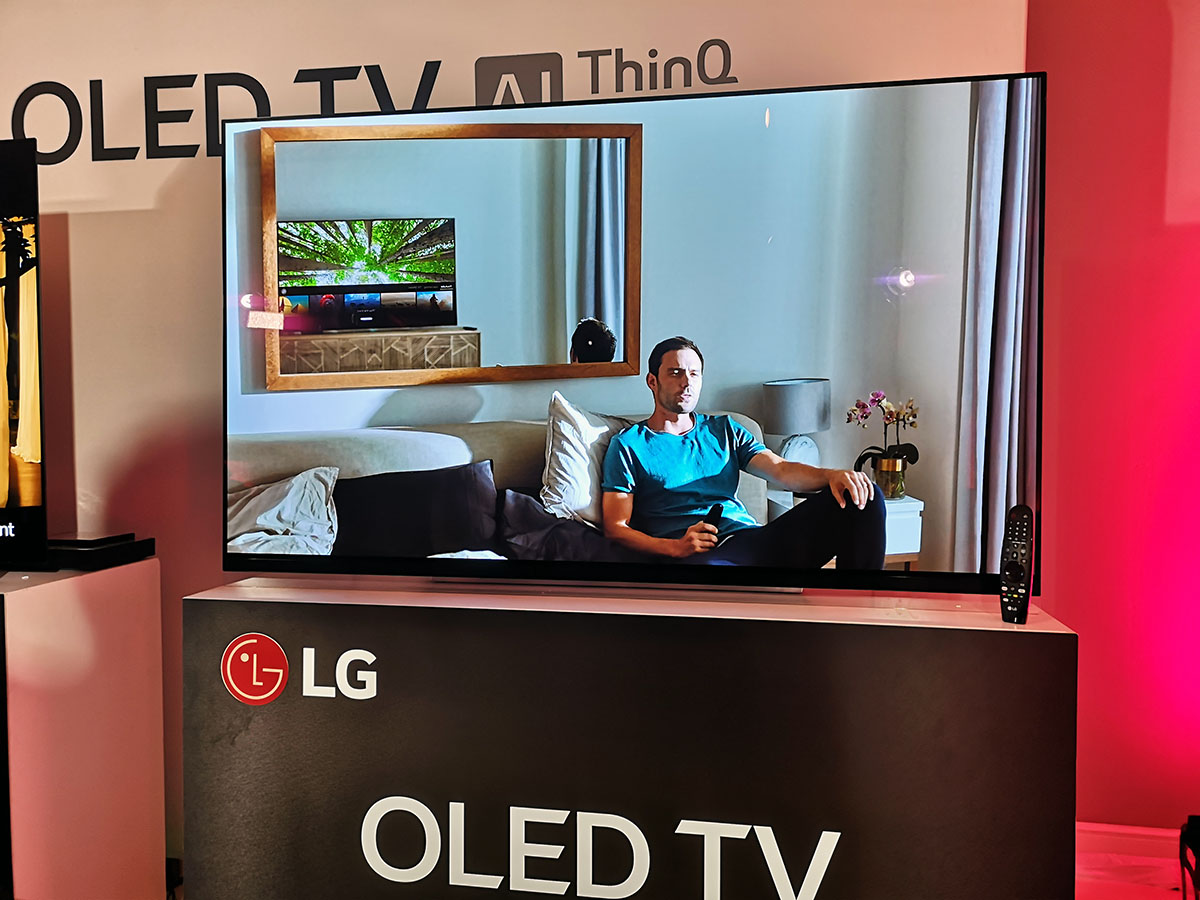
It is difficult to determine which TV manufacturers were the first to come to this conclusion, but Samsung certainly began to communicate it the fastest and most loudly. A significant part of televisions introduced into trading this year has artificial intelligence algorithms for image reconstruction. And this is not a cheap trick: I have the pleasure to test at home (review soon!) The flagship representative of this year's QLED 4K line and the effects are fascinating. The differences can be seen with the naked eye and this is the moment when even a person who understands how it works from the technical side and thinks about different types of sorcery.
This creates an interesting dilemma. On the one hand, according to OLED enthusiasts (to which I count), organic matrices usually provide the closest reproduction of the image. On the other hand, the image itself, thanks to the SI algorithms, is better before it hits the matrix at all.
LG clearly sees this dilemma. LG OLED TV for 2019 (series 9) are also equipped with SI mechanisms that process the image.
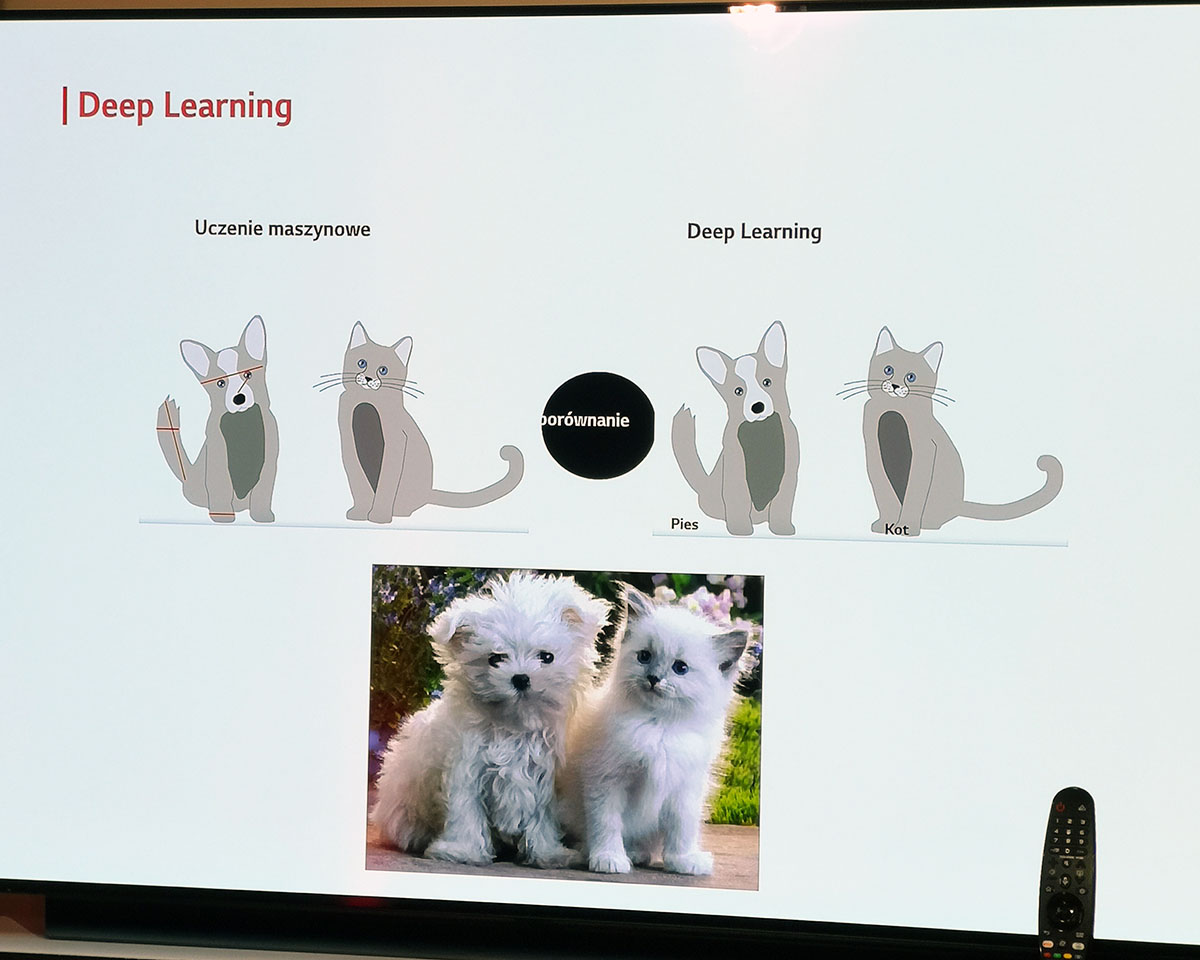
Unfortunately, what raises some concerns, representatives of the company at the show were not able to determine exactly what these algorithms actually do. Competition was not afraid to state explicitly that these aims, to some extent, to draw the missing pixels in lower quality materials, so that the whole would be as close as possible to the uncompressed image in 4K. Meanwhile, LG's mechanisms "on the basis of millions of patterns provided by machine learning, recognize objects on the screen, increasing their detail". So, it's supposed to be nicer. How? I am afraid that I will answer this question only when I rent one of the test models.
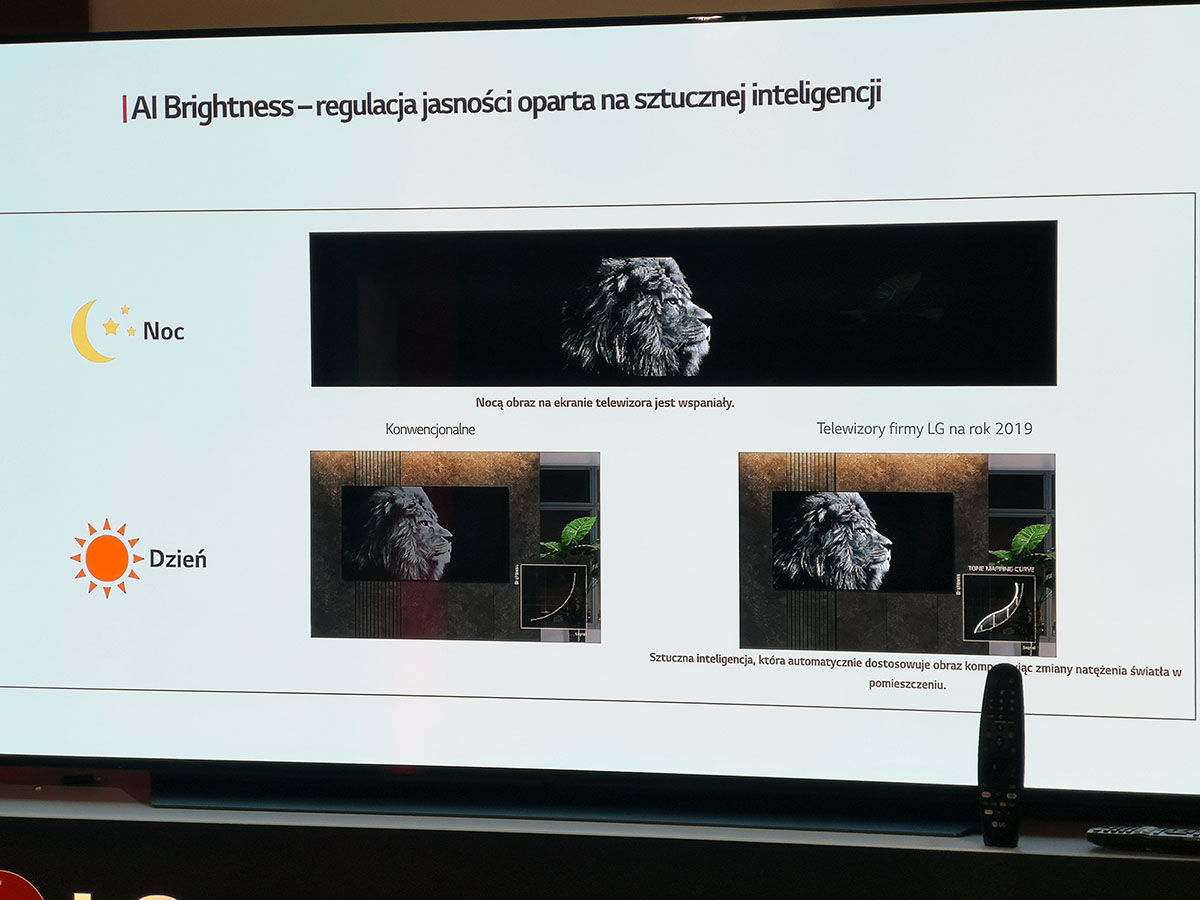
Fortunately, the second mechanism using SI is easier to describe. It is a dynamic brightness of the image, adapting to the lighting conditions of the room. Until now, televisions simply dynamically adjusted the brightness setting, which is not ideal for the image quality: when details are too high or low, details are lost. This year, on LG OLED TV (optional), the dynamic brightness will be really dynamic, adjusting only those elements of the image that actually require brightening due to the prevailing lighting conditions. The effectiveness of this function will also have to be verified in tests.
LG OLED TV, of course, retain all its current advantages. They work in 4K, support HLG, HDR10 and Dolby Vision. They offer infinite contrast and excellent color reproduction, they can also work in high-level (HFR). All they need to do is to retain the features of their previous generations to be sure about one of the leading places in the ranking of the image quality of this year's televisions. Only the place on the podium can be an open question.
But image quality is not everything. LG will finally make life easier for home cinema owners and players. And all this thanks to HDMI 2.1.
The world of televisions and home cinema still stands closer to the wild west than to civilization when it comes to the cooperation of devices or the general initial configuration. Anyone who is least aware of the technical capabilities of their RTV devices at the time they are connected to each other will find out. And woe laity.
For example, to be able to enjoy the Dolby Vision image on my TV set and Dolby Atmos sound on my home cinema provided from the source, which is Xbox One X, I had to buy an active splitter for a lot of money. Without him, the equipment could not get along so that everything would work. Because either the cinema will not give a TV picture in DV, or a TV set for DA cinema. And it still did not solve the problem to the end: if I want to watch a movie on Blu-ray with DTS sound, then I have to manually rewire the cables for a different configuration.
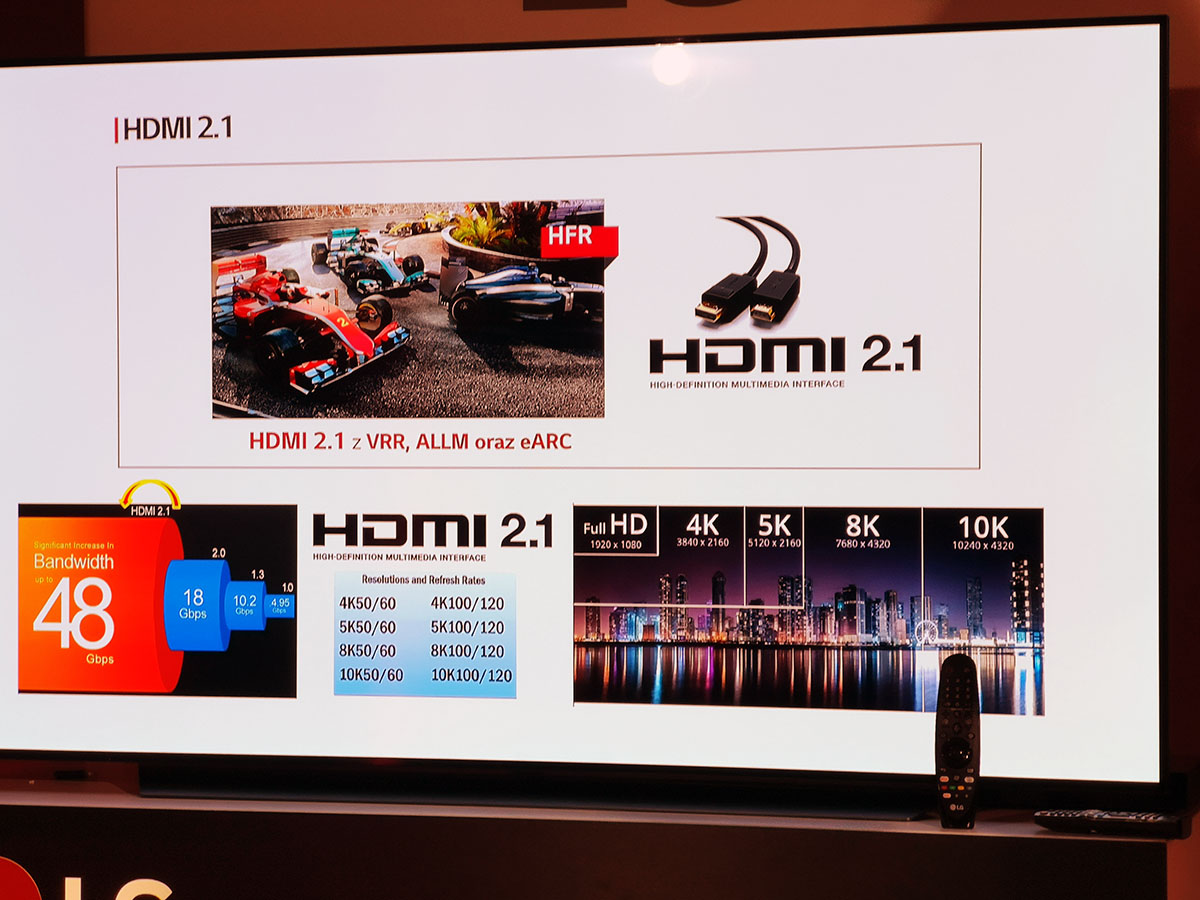
This is only partly the fault of RTV manufacturers. The problem is the HDMI standard, which - like most standards - is developing at a much slower rate than the equipment manufacturers would like to be eager to innovate. The above problem and dozens of similar ones from other users would solve something as simple as the possibility of connecting the home cinema to the TV with the HDMI connection. The problem is that the dedicated HDMI ARC connector will not provide full sound resolution. In particular, if we are talking about the latest formats of surround sound from an external source, such as a Blu-ray player.
The solution is the newer eARC standard, which will transmit to the soundbar or home cinema all intact sound information, including Dolby Atmos, inclusive. Thanks to eARC, connecting the sound system will be as simple and trouble-free as it used to be in optical and RCA times. It will just work, always at top speed.
eARC is one of the elements LG introduces when introducing the HDMI 2.1 standard to its televisions. The other two will be mainly interested in video game fans. These are ALLM (Auto Low Latency Mode, ie the ability to automatically switch the TV into Game Mode with low input lag after starting the video game) and VRR (Variable Refresh Rate, i.e. the ability to synchronize the frame with the GPU for a smoother gameplay).
WebOS for 2019: the smarter ThinQ assistant and the smart home panel.
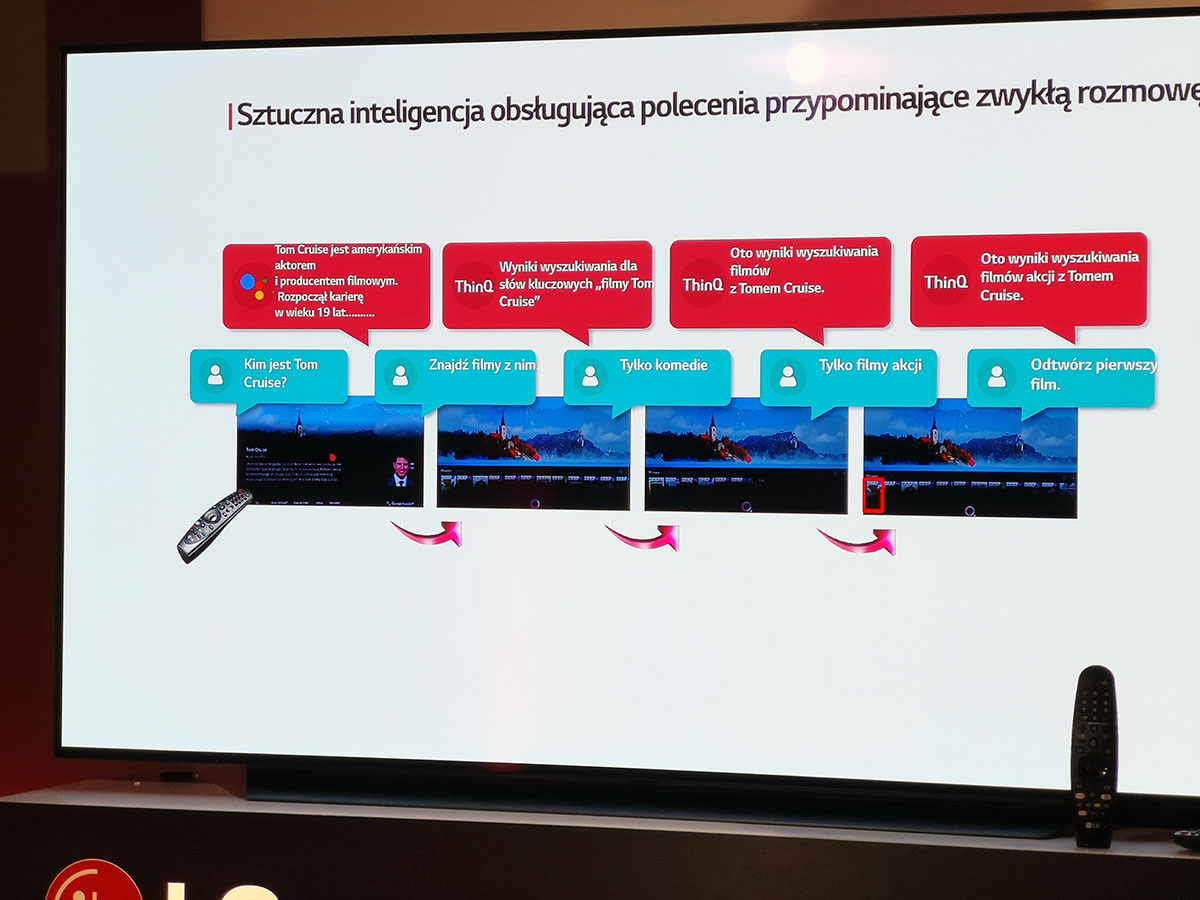
The operating system of LG televisions has had a slight facelift in many not very important places. What attracts attention, however, is the increased capabilities of the ThinQ voice assistant. Last year, as the only one on the market, he dealt with Polish natural speech without any problems, this year he will be able to continue the dialogue in a context. So if we ask him to "show films with Tom Cruise" then we can add "but only comedies", and ThinQ will remember that we still want to produce with the actor. From November this year, ThinQ will additionally use the Google Assistant to search for information unrelated to the TV and content on it and the smart home - ThinQ can not do anything else.
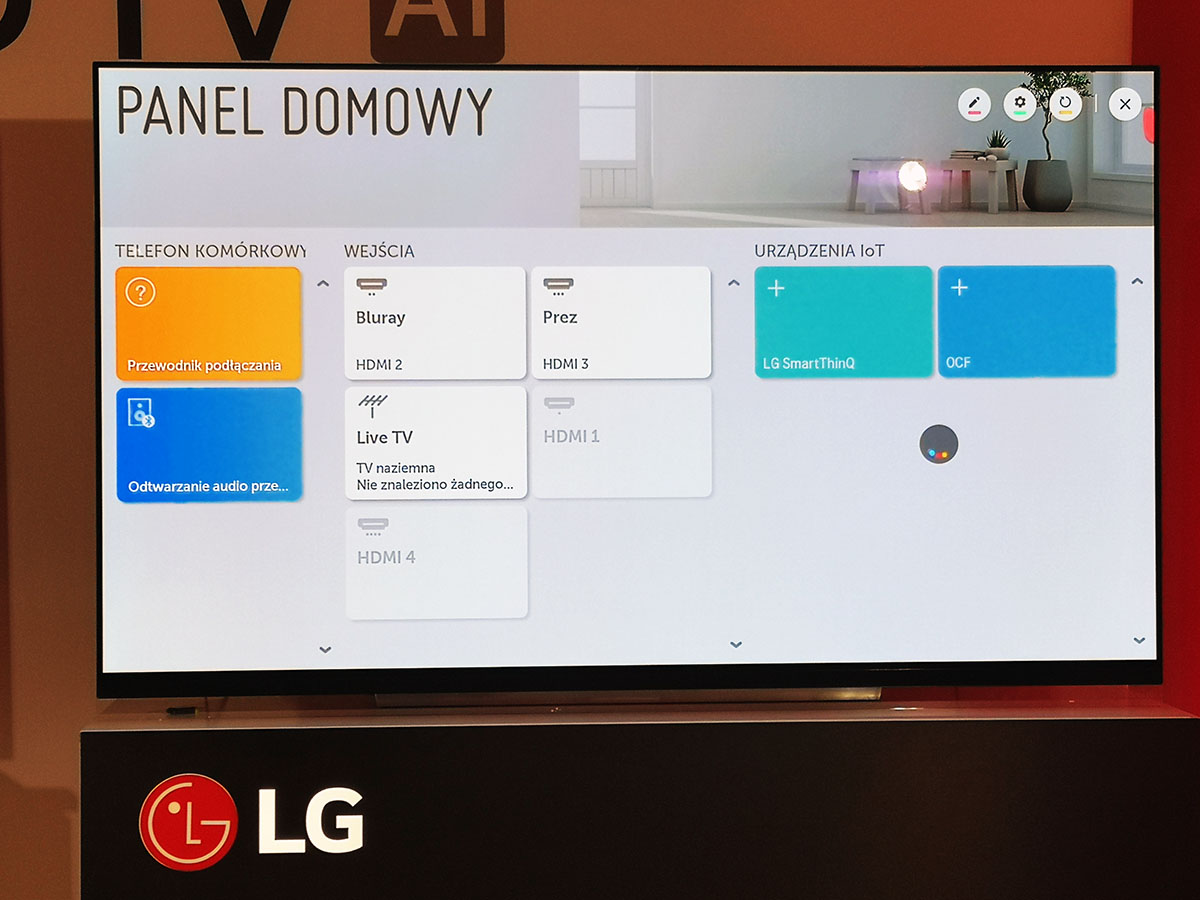
Another of the novelties is a dedicated access and control center for all smart home devices. A special panel will allow us to easily access all our devices compatible with ThinQ or with the standards of the Open Connectivity Foundation.
Oh, I would almost forget. LG also showed LCD TVs from the NanoCell line.
As in the category of high-end TVs, LG can be proud of its products, so in the case of those designed for the less affluent, the situation looks controversial. LG invariably insists on using IPS matrices instead of VA on all of its LCD devices.
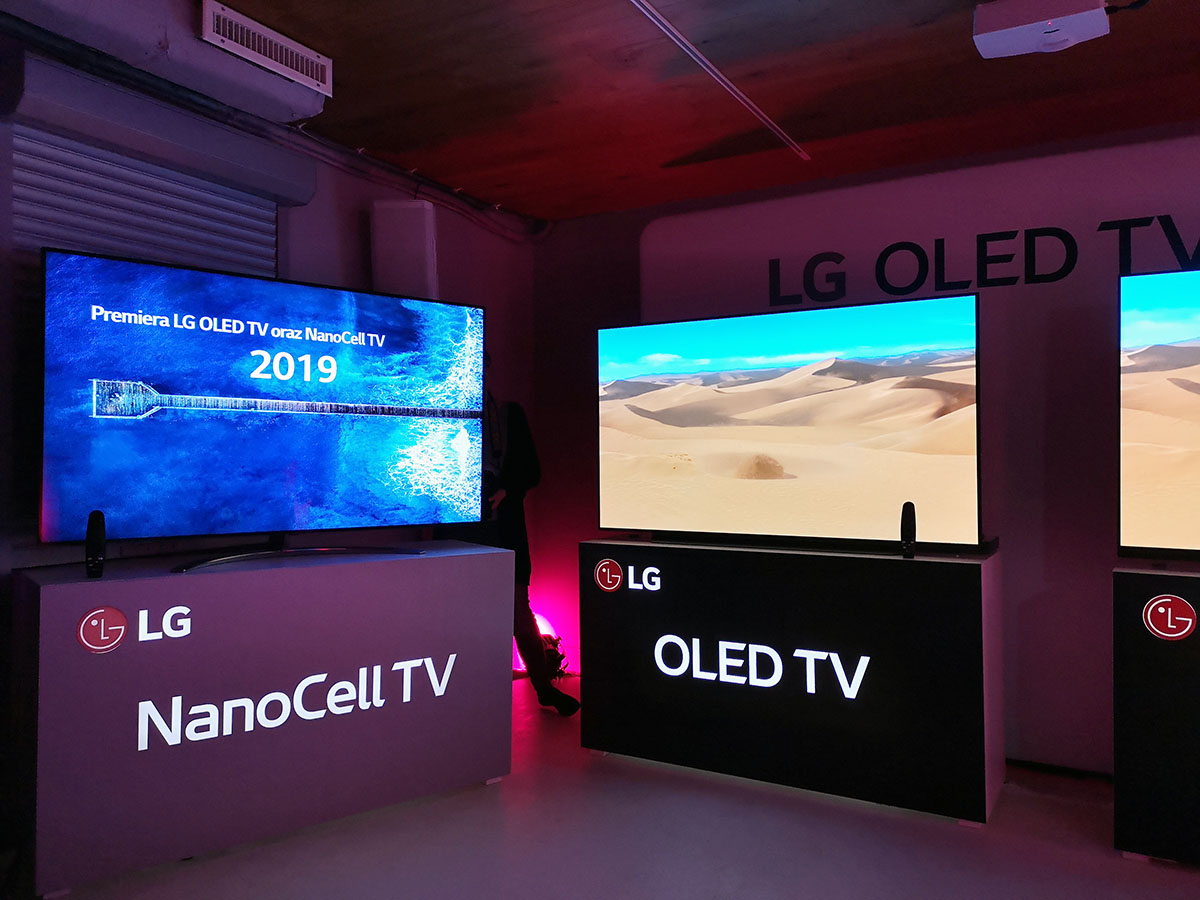
The reason for stubbornness, apart from the developed production lines of IPS dies, is putting on the viewing angles. And in fact, IPS matrices, in particular in NanoCell TVs, offer an image whose quality does not change with deviation from the center of the image. Such a TV works well when often we invite a lot of guests to watch something ... something. For example, sport.
The problem is that the viewing angles of the competition may not be so impressive, and already at a sufficient level. And IPS matrices offer poorer image quality, especially in contrast to VA matrixes. The advantage of LG LCD TV sets is therefore essentially webOS and its ThinQ. Unless this year in the tests it turns out that there was a huge qualitative leap in LG Display, which I doubt.
LG OLED TV series 9 (2019) and LG NanoCell TV - now we're just waiting for prices.
The LG OLED TV 2019 line consists of 4 series: W9 (77, 65 inches), E9 (65, 55 inches), C9 (77.65, 55 inches) and B9 (77.65, 55 inches). The LG NanoCell line will enter the Polish market in five series: SM98 (65, 55 inches), SM90 (86, 75, 65, 55, 49 inches), SM86 (75, 65, 55, 49 inches), SM85 (65, 55, 49), SM82 (65, 55, 49 inches).
Unfortunately, there have been some changes in the cheapest of OLEDs. As in previous series, also this year, OLED TV sets differ basically only with additional equipment, offering almost identical image quality in all models. Customers not interested in the quality of internal speakers or frame design could therefore buy the cheapest model (line B) and so be aware that they have a top class device.
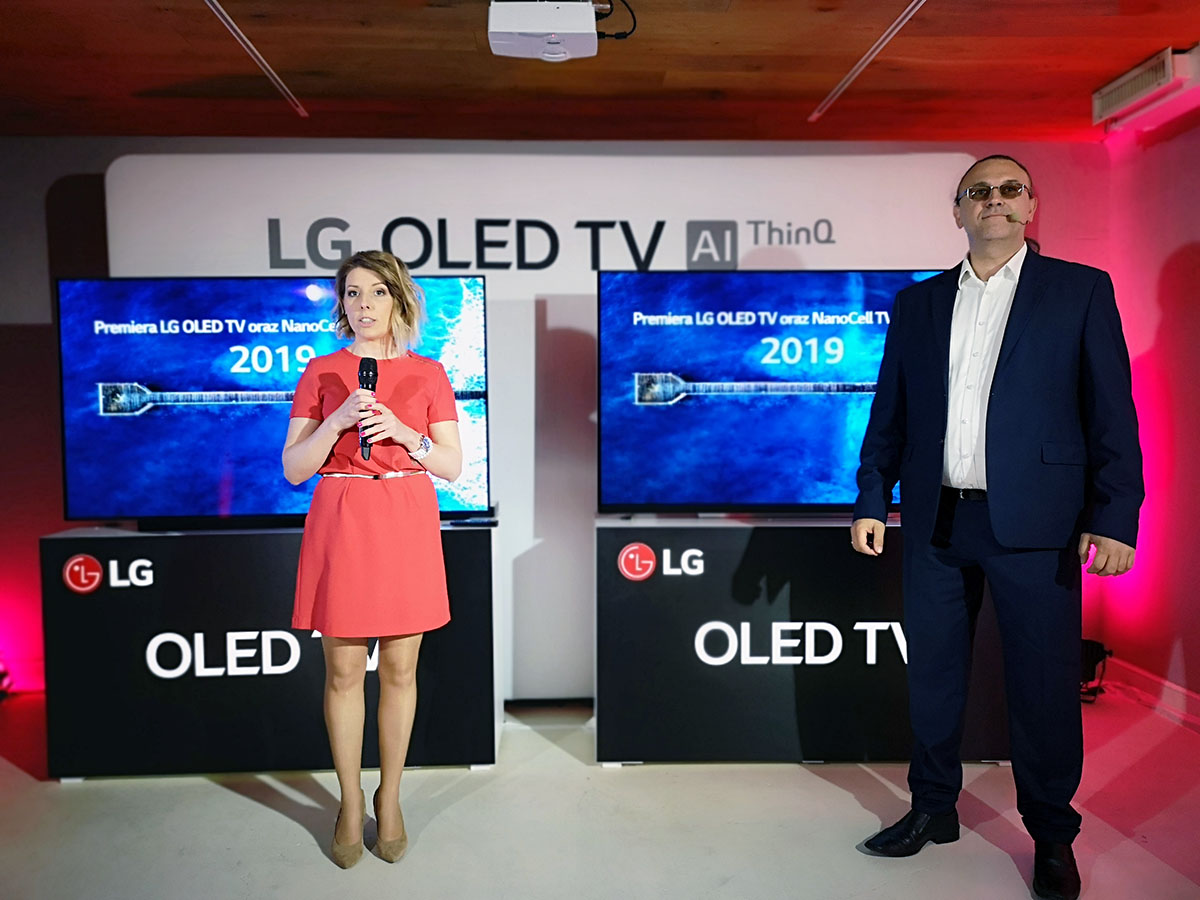
This year, the B line will be cheaper than the C line with just about 500 PLN (earlier the difference was over one thousand zlotys), in addition, it will only be available in September. This means that the cheapest of OLEDs basically becomes C9. And this in turn means that it is probably a better idea for those more economical of us to be interested in OLED TV sets from last year. It's a pity, because HDMI 2.1 support from eARC is something they really lack ...
Organic algorithms. The image on the LG OLED TV TV sets artificial intelligence
Comments
Post a Comment